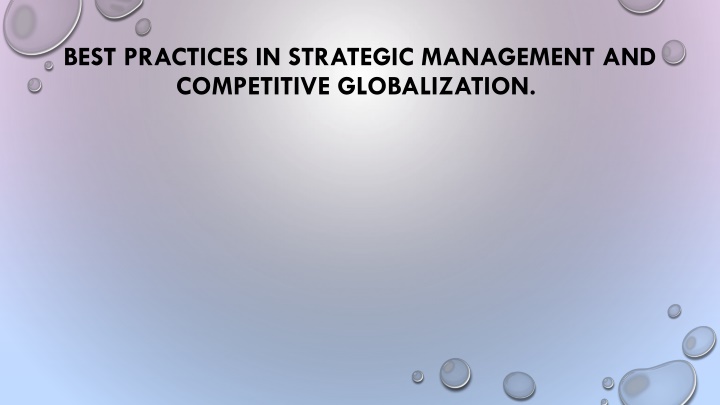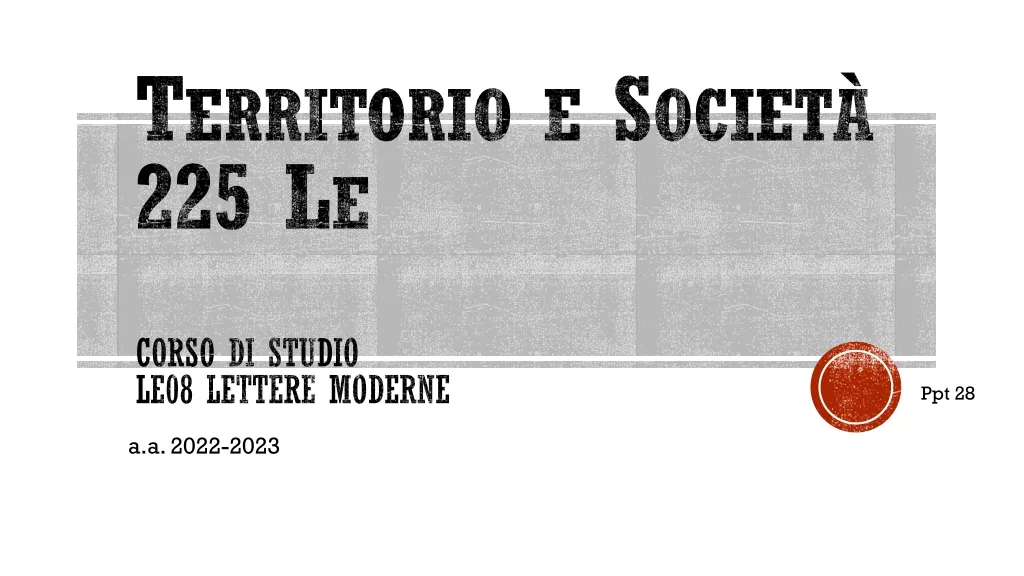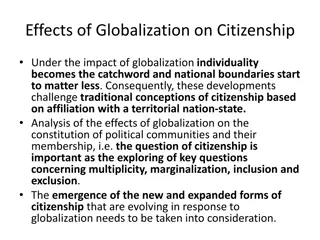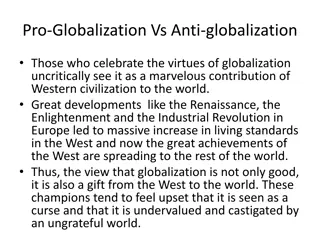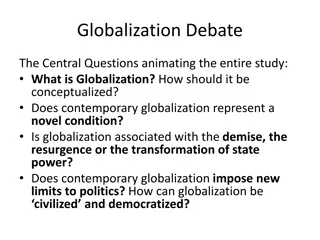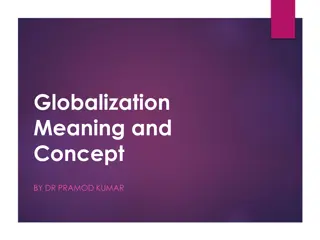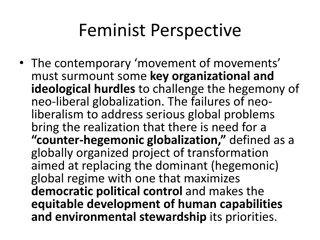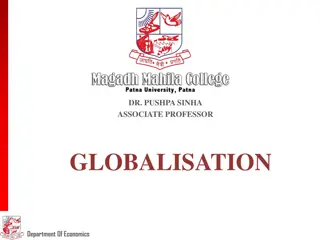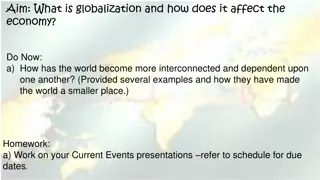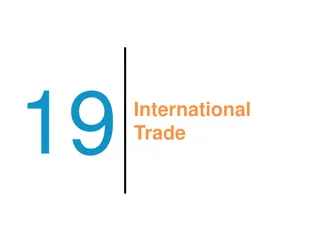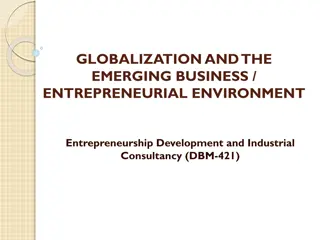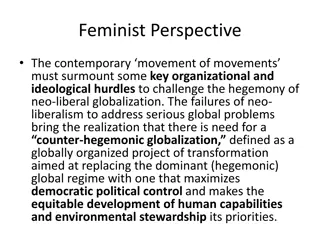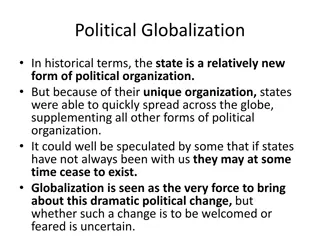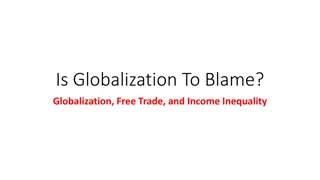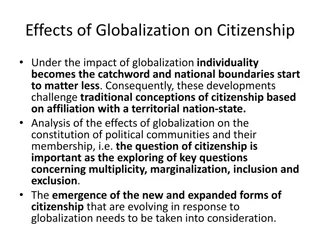BEST PRACTICES IN STRATEGIC MANAGEMENT AND COMPETITIVE GLOBALIZATION
Strategic management plays a crucial role in achieving competitive advantage in the global market. Companies like Harvard Vanguard, Rapid7, and Eastern Bank are known for their exceptional management practices that focus on efficiency, quality, and employee engagement. These organizations exemplify how a strategic approach can lead to success and growth in today's competitive business landscape.
Download Presentation

Please find below an Image/Link to download the presentation.
The content on the website is provided AS IS for your information and personal use only. It may not be sold, licensed, or shared on other websites without obtaining consent from the author.If you encounter any issues during the download, it is possible that the publisher has removed the file from their server.
You are allowed to download the files provided on this website for personal or commercial use, subject to the condition that they are used lawfully. All files are the property of their respective owners.
The content on the website is provided AS IS for your information and personal use only. It may not be sold, licensed, or shared on other websites without obtaining consent from the author.
E N D
Presentation Transcript
BEST PRACTICES IN STRATEGIC MANAGEMENT AND COMPETITIVE GLOBALIZATION.
Strategic Management for Competitive Advantage. Substantive issues that affect the long-term well-being of the business. Business management best practices guarantee success. Transforming the organization by enhancing efficiency.
Companies known for best Practices. Harvard Vanguard Rapid7. Eastern Bank Vertex Pharmaceuticals McDonalds.
Harvard Vanguard Leading organization in provision of healthcare Diverse workforce. Over 21 functioning facilities (Chad, 2015). Commitment to quality care.
Harvard Vanguard (Cont.) Cost reduction. Increasing quality. Improving staff engagement (Chad, 2015). Improving patient satisfaction. Enhanced productivity
Harvard Vanguard (Cont.) Continuous improvement. Employee performance measurement. Encouraging innovation. Employees have a stake in the organization (Chad, 2015). Cultural change.
Rapid 7 Hyper-growth mode. Investing in employees. Common vision.
Rapid 7 (Cont.) Hiring different skills annually. Building employee skills. Challenging employees. Talent acquisition teams.
Rapid 7 (Cont.) Determining cultural fitness. Signing up for a cause. Belonging to a second family. Common vision that is communicated throughout the organization.
Eastern Bank Rich history of supporting small business, NGOs and emerging communities (Keller, 2013). Commitment to the communities they serve. Makes changes based on surveys.
Eastern Bank (Cont.). Strong, trusted relationship with clients. Committed relationship with employees. Employee engagement and reliance. Attracting, motivating and retaining talent. Employee engagement.
Vertex Pharmaceuticals. Has over 2,000 employees (Keller, 2013). 23 years of success. Committed to its culture. Takes high risks.
Vertex Pharmaceuticals (Cont.). Guided by three principles: relevance, resonance, and return on investment. Robust learning and development opportunities for employees. Wellness approach to healthcare. Equity for all employees.
McDonalds. Adapted to the global market. More than 34,000 restaurants globally. Serve approximately 69 million people daily. Ability to appeal to different cultures. Strong diversification.
McDonalds (Cont.) Adapting to the global markets. Introduction of competitive products. Understanding the competitor s strategy. Dedicated team players.
Similarities. Employee development. Learning opportunities. Committed relationship to clients. Attracting and retaining talented personnel.
Differences. Differing organizational culture. Varying principles. Varying commitment to customers.
Critique of the best Practices. Stressing of competitiveness. Focus on a specific theme. Negotiating objectives. Demanding strategic insights (Gluck, Kaufman & Walleck, 2008).
Implementing best Practices. Assessing and planning. Communicating the reason and need for change. Involving the staff Process mapping (Tucker, Nembhard & Edmondson, 2007) . Gap analyses. Pilot testing. Monitoring the implementation process.
References Chad, O. (2015). Best Companies, Best Practices For Keeping A Competitive Edge. Accessed May 7, 2018 From Http://Archive.Boston.Com/Business/Blogs/Global-business hub/2013/11/Best_companies_1.Html Gluck, F. W., Kaufman, S. P., & Walleck, A. S. (2008). Strategic Management For Competitive Advantage. Harvard Business School Publishing. Keller, C. (2013). Best Companies, Best Practices: Keeping The Competitive Edge. Khanna, T., & Palepu, K. G. (2006). Emerging Giants: Building World-class Companies In Developing Countries. Harvard Business Review, 84(10). Tucker, A. L., Nembhard, I. M., & Edmondson, A. C. (2007). Implementing New Practices: An Empirical Study Of Organizational Learning In Hospital Intensive Care Units. Management Science, 53(6), 894-907.
